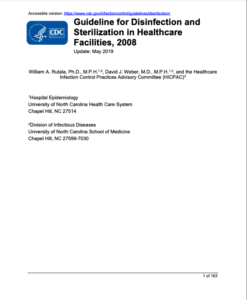Reusable Medical Device Testing
For Medical Device Manufacturers
Testing Capabilities
- International Organization for Standardization (ISO) 17664:2017 Processing of health care products – Information to be provided by the medical device manufacturer for the processing of medical devices (October 2017)
- Association for the Advancement of Medical Instrumentation (AAMI) – Technical Information Report: 12:2010. Designing, testing, and labeling reusable medical devices for reprocessing in health care facilities: A guide for medical device manufacturers. 2010.
- Association for the Advancement of Medical Instrumentation (AAMI) – Technical Information Report (TIR): 30:2011. A compendium of processes, materials, test methods, and acceptance criteria for cleaning reusable medical devices. 2011.
- The US Food and Drug Administration – Guidance for Industry and Food and Drug Administration Staff. Reprocessing Medical Devices in Health Care Settings: Validation Methods and Labeling. March 17, 2015. updated June 9, 2017.
- AATCC 100 (Test for Antimicrobial Fabrics)
- JIS L 1902 (Japanese Standard Test for Antimicrobial Textiles)
- ISO 20743 (Determination of Antibacterial Activity of Textile Products)
- ASTM E2149 (“Shake Flask” Test for Antimicrobial Surfaces and Textiles)
- ISO 13485:2016 Medical Devices, Quality Management Systems, Requirements for Regulatory Purposes
- AATCC 147 (Antimicrobial Fabric Zone of Inhibition Test)
ASTM E2180 (Standard Test Method for Determining the Activity of Incorporated Antimicrobial Agents in Polymeric or Hydrophobic Materials) - ASTM Standard E1054-08, Standard Test Methods for Evaluation of Inactivators of Antimicrobial Agents, ASTM International, 2008. Re-approved 2013. Method outlining the steps to ensure that no components of the neutralizing procedure exert a detectable amount of inhibitory effect on the microorganisms targeted for recovery. In addition to ensuring the ability of the neutralization procedure to inactivate the microbial properties of the test product in the allowed contact time.
- ASTM E1837-96 (2014), Standard Test Method to Determine Efficacy of Disinfection Processes for Reusable Medical Devices (Simulated Use Test), ASTM International, West Conshohocken, PA, 2014, www.astm.org
- ASTM E2314-03(2014), Standard Test Method for Determination of Effectiveness of Cleaning Processes for Reusable Medical Instruments Using a Microbiologic Method (Simulated Use Test), ASTM International, West Conshohocken, PA, 2014, www.astm.org
Have a unique testing method request? Ask us here at Q Laboratories, and Experience What Q Can Do for You!
Medical Device Experience
Heater-cooler devices (cardiothoracic)
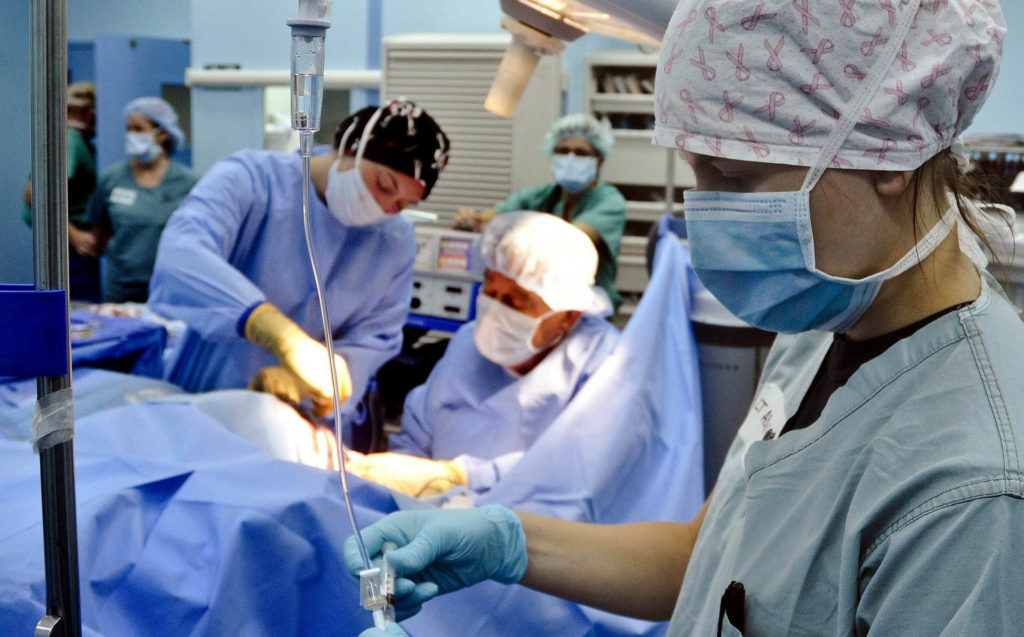
Device control units (imaging)
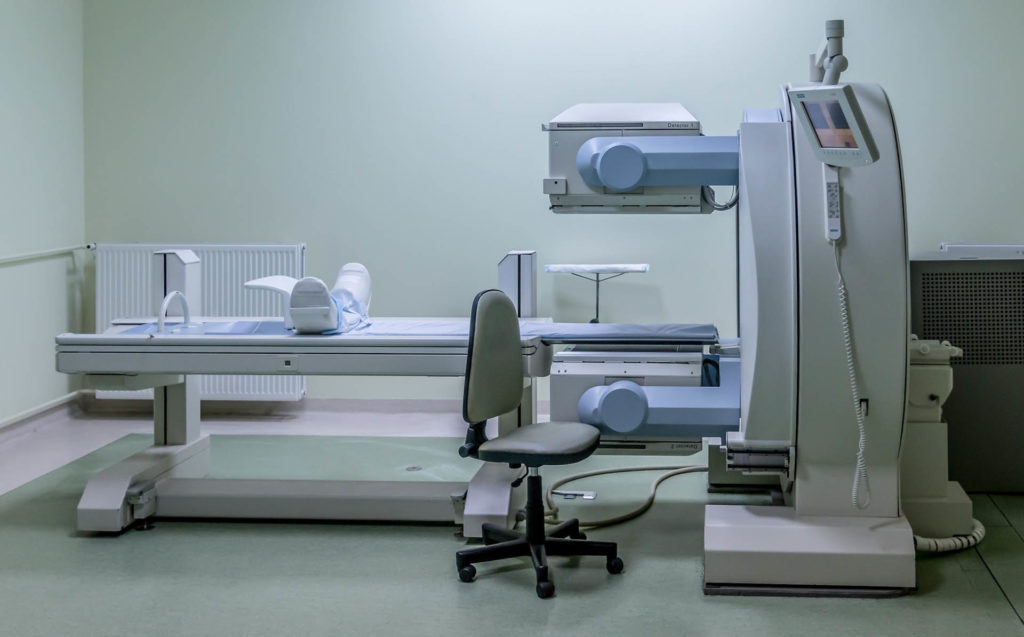
Patient surfaces (bed covers, etc.)
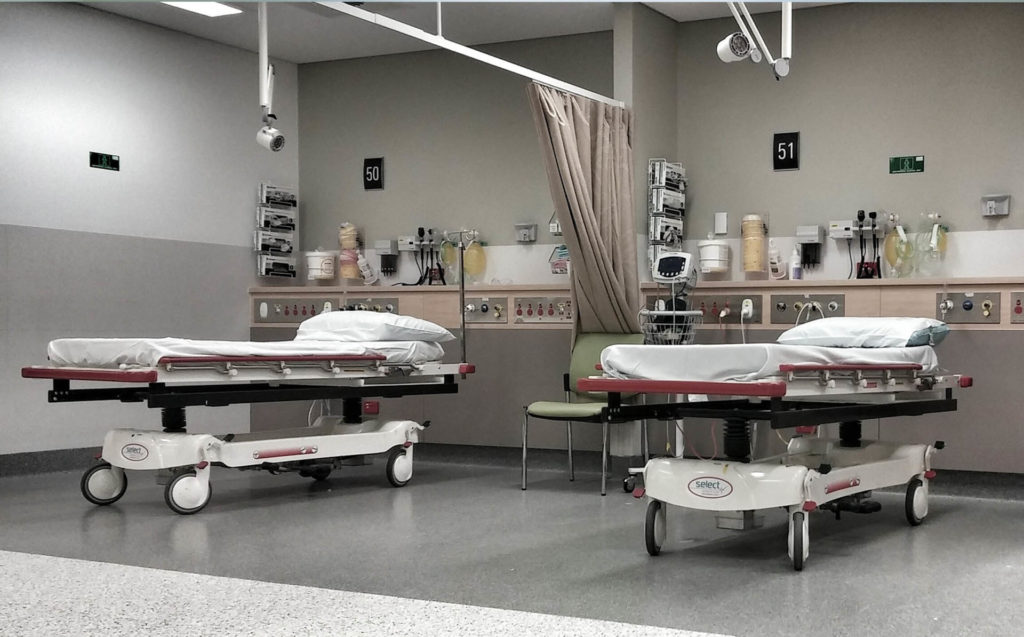
Textiles (gowns, towels, etc.)
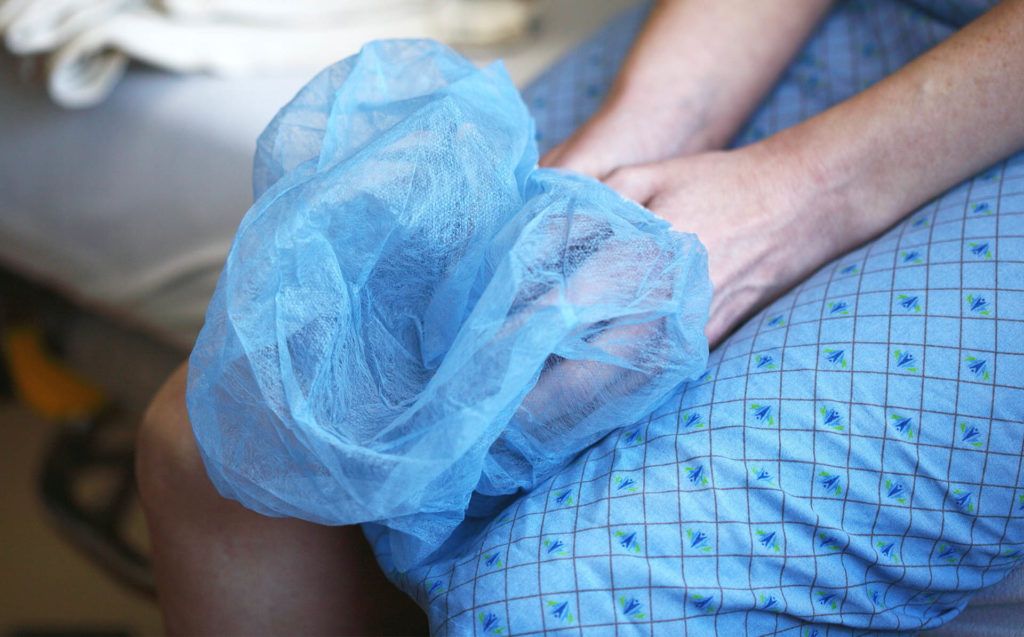
Spirometers
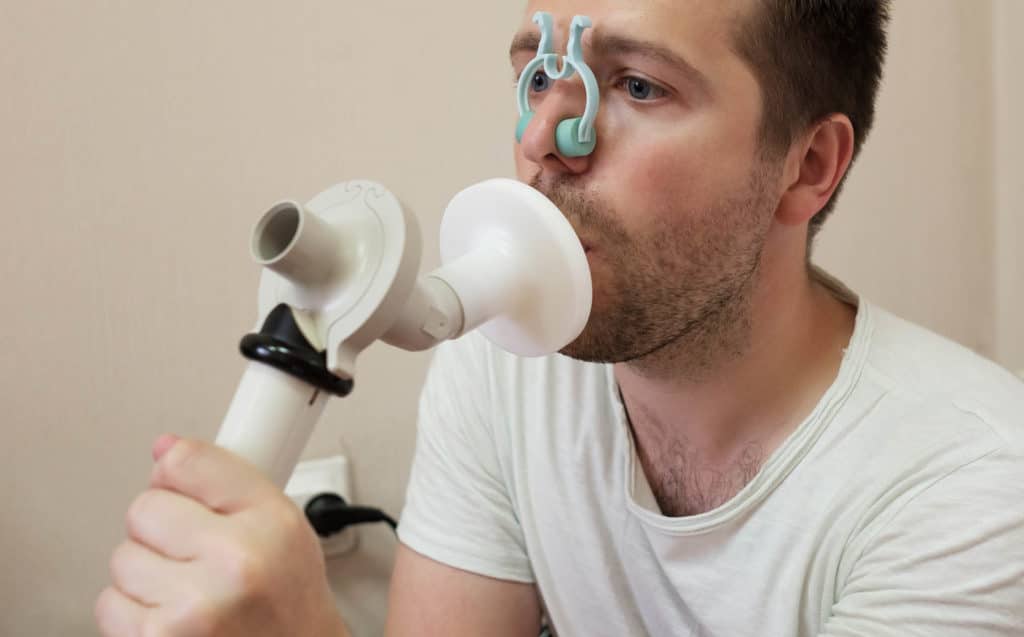
Blood pressure cuffs
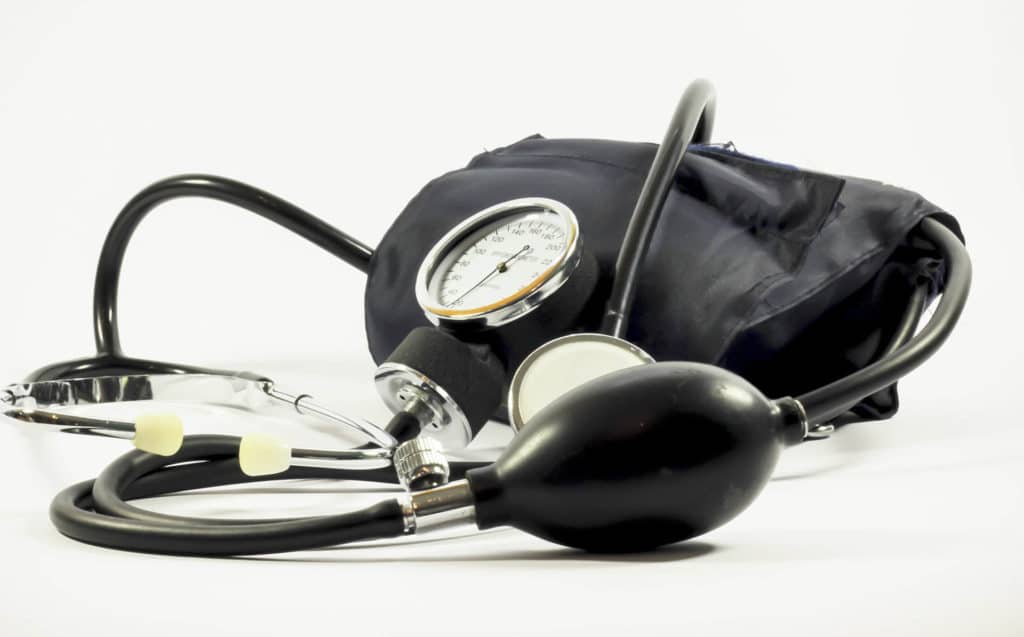
Opthalmoscopes
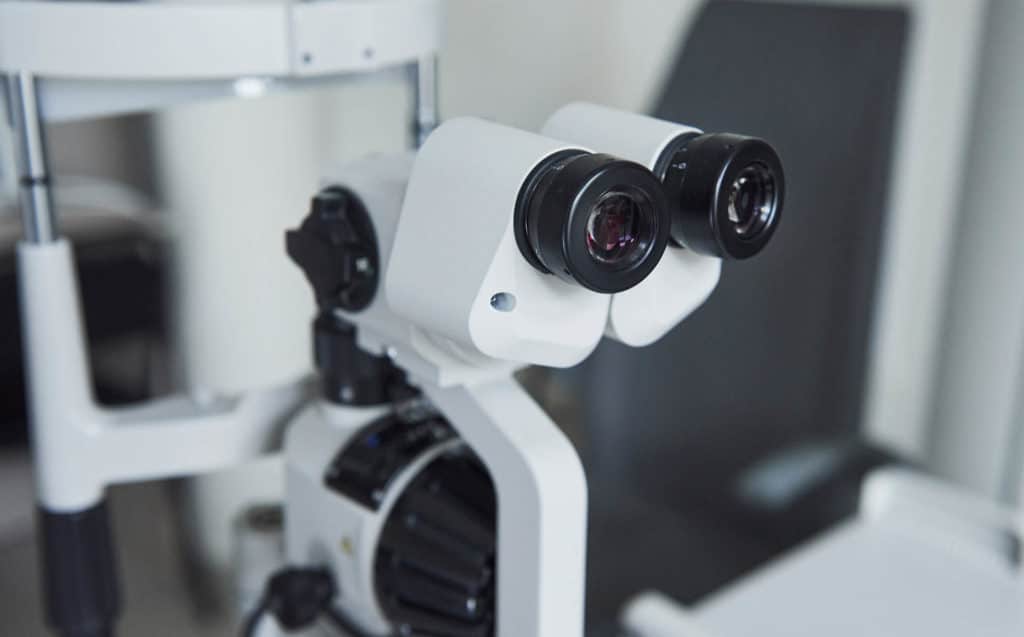
Vitals monitoring
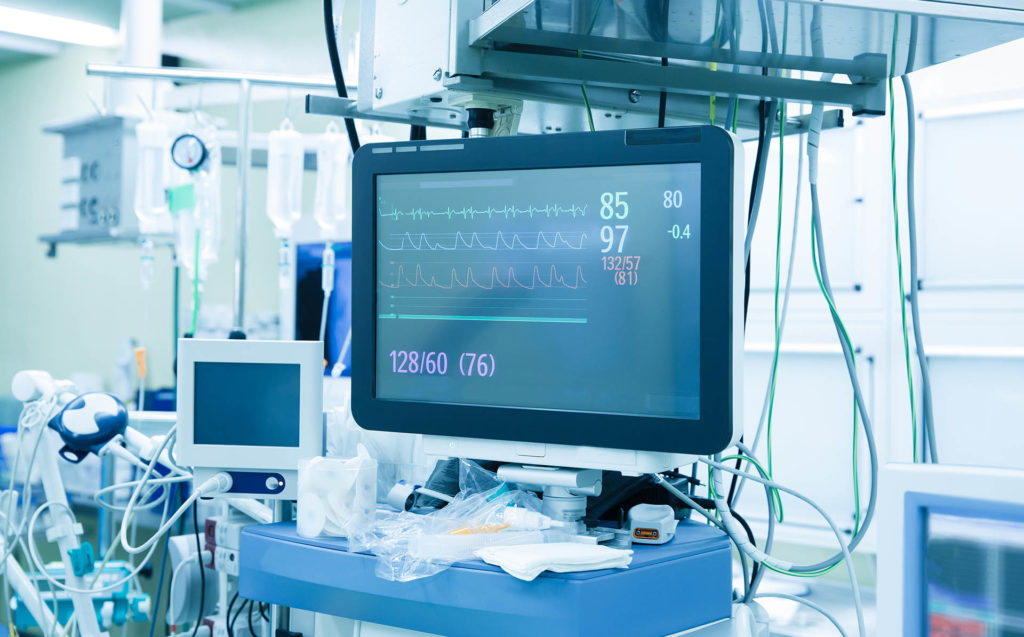
Read Our Published Study
Successful Removal of Clostridioides Difficile Spores and Pathogenic Bacteria From a Launderable Barrier Using a Commercial Laundry Process
To properly clean and disinfect hospital mattresses, bed manufacturers recommend a 3-to-6 step process to remove all pathogenic bacteria. An alternative is to use a removable barrier on the mattress, which is laundered after each use. The current study was to determine efficacy of a commercial laundry process in eliminating Clostridioides difficile (C diff) spores, Mycobacterium terrae (M terrae), methicillin-resistant Staphylococcus aureus (MRSA), Pseudomonas aeruginosa (P aeruginosa), Klebsiella pneumoniae (K pneumoniae), and Escherichia coli (E coli) from a barrier.
CDC Disinfection & Sterilization Guidelines For Healthcare Facilities
According to the the CDC, “Disinfection and sterilization are essential for ensuring that medical and surgical instruments do not transmit infectious pathogens to patients. Because sterilization of all patient-care items is not necessary, health-care policies must identify, primarily on the basis of the items’ intended use, whether cleaning, disinfection, or sterilization is indicated.”
Q Labs, A Trusted Name In Medical Device Testing Services
Since 1966, Q Laboratories has offered comprehensive microbiology, analytical chemistry, and research and development laboratory services. Offering and providing over 50 years of certified laboratory testing methods, Q Laboratories is uniquely positioned to aid and assist with medical device testing. Connect with us to learn more about the variety of medical devices we have tested and have expertise in offering!



